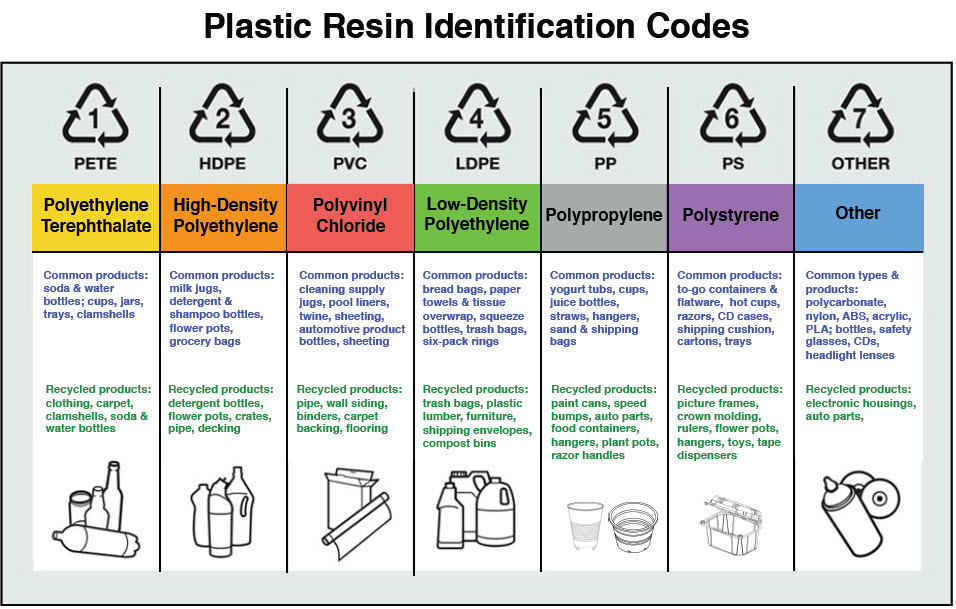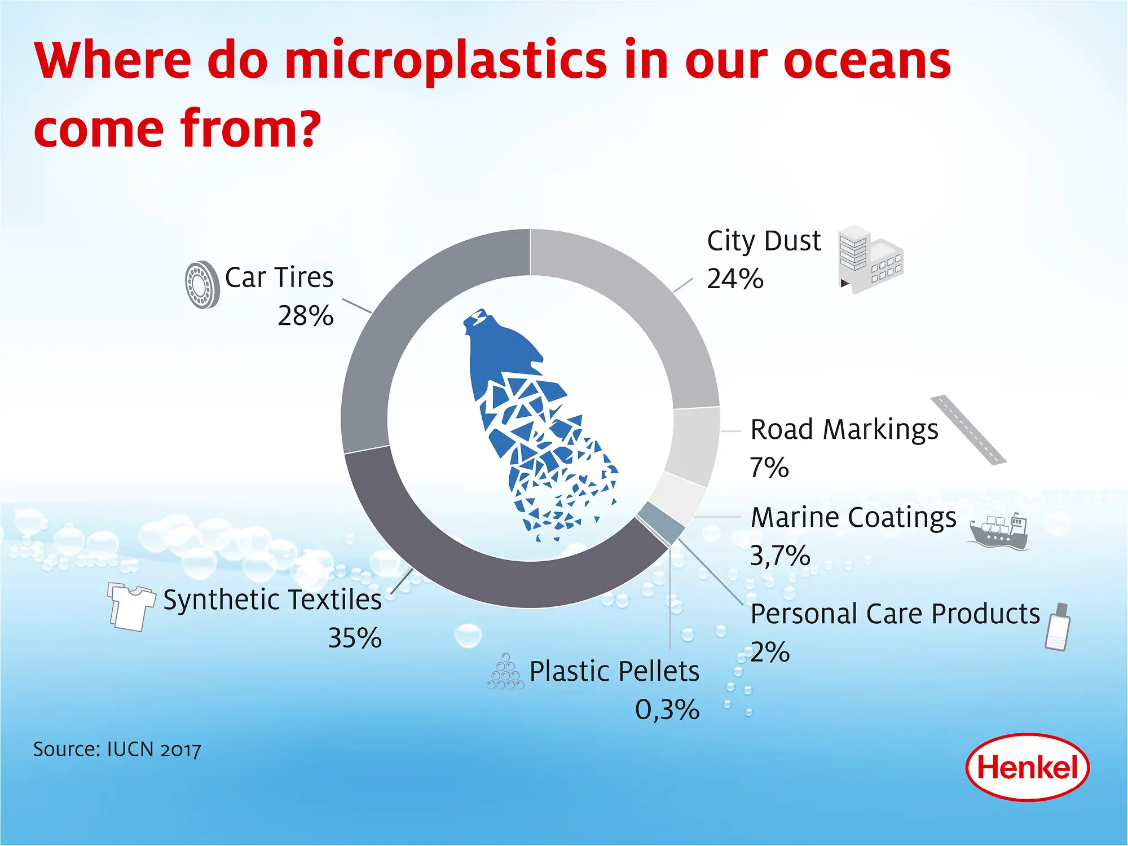Plastic to Fuel
Plastic to Fuel
Why in News?
Recently, the menace of plastic pollution was reiterated by various climate experts. In this context, different solutions were sought to tackle it.
About
Plastic waste, or plastic pollution, is ‘the accumulation of plastic objects (e.g.: plastic bottles and much more) in the Earth’s environment that adversely affects wildlife, wildlife habitat, and humans.’
The world is producing twice as much plastic waste as two decades ago, with the bulk of it ending up in landfill, incinerated or leaking into the environment, and only 9% successfully recycled, according to a new OECD report.
Around 70% of global plastic production is concentrated in six major polymer types – referred to collectively as commodity plastics.
- Polyethylene terephthalate or PET,
- High-density polyethylene or HDPE,
- Polyvinyl chloride or PVC,
- Low-density polyethylene or LDPE,
- Polypropylene or PP,
- Polystyrene or PS,
- Other Plastics.
Each of these has different properties and can be identified by their resin identification code (RIC) denoted by symbols found on plastic products.
- Resin Identification Codes are the number that you see on the bottom of some rigid plastic packaging. They were originally developed in the 1980s to categorise plastic into types, to ensure consistency in plastics manufacturing and recycled plastics reprocessing.
- By paying attention to the Resin Identification Codes and checking what plastics can be recycled locally, we can ensure we are recycling the maximum amount of plastic.

Statistics about plastic consumption
- Plastic consumption has quadrupled over the past 30 years, driven by growth in emerging markets. Global plastics production doubled from 2000 to 2019 to reach 460 million tonnes. Plastics account for 3.4% of global greenhouse gas emissions.
- Global plastic waste generation more than doubled from 2000 to 2019 to 353 million tonnes. Nearly two-thirds of plastic waste comes from plastics with lifetimes of under five years, with 40% coming from packaging, 12% from consumer goods and 11% from clothing and textiles.
- Only 9% of plastic waste is recycled (15% is collected for recycling but 40% of that is disposed of as residues). Another 19% is incinerated, 50% ends up in landfill and 22% evades waste management systems and goes into uncontrolled dumpsites, is burned in open pits or ends up in terrestrial or aquatic environments, especially in poorer countries.
Plastic Waste Management (Amendment) Rules, 2022
- Classification of Plastics: The new rules classify plastics into three categories:
- Category One will include rigid plastic packaging;
- Category Two will include flexible plastic packaging of single layer or multilayer (more than one layer with different types of plastic), plastic sheets, carry bags, plastic sachet or pouches;
- Category Three will include Multi-layered plastic packaging (at least one layer of plastic and at least one layer of material other than plastic).
- Extended Producer Responsibility (EPR): It covers reuse, recycling, use of recycled plastic content and end of life disposal by producers, importers and brand-owners. The term simply means the responsibility of a producer for the environmentally sound management of the product until the end of its life.
- Extended Producer Responsibility Certificates: The guidelines allow for sale and purchase of surplus extended producer responsibility certificates.
- EPR (Extended Producer Responsibility) means the responsibility of a producer for environmentally sound management of the product until the end of its life.
- Centralized Online Portal: It calls for creating a centralized online portal by the Central Pollution Control Board (CPCB). It will be used for the registration as well as filing of annual returns by producers, importers and brand-owners.
Micro Plastics
Microplastics are plastic pieces that measure less than five millimetres across.
- Primary microplastics are tiny particles designed for commercial use, such as cosmetics, as well as microfibers shed from clothing and other textiles, such as fishing nets.
- Secondary microplastics are particles that result from the breakdown of larger plastic items, such as water bottles. This breakdown is caused by exposure to environmental factors, mainly the sun’s radiation and ocean waves.
Microplastics have been detected in marine organisms from plankton to whales, in commercial seafood, and even in drinking water.

Where do microplastics come from?
- Particles arising from the breakdown of larger items of plastic litter in the environment, such as plastic packaging and water bottles.
- Microfibres shed from textiles during use.
- Particles resulting from tyre abrasion.
- Tiny particles that have been manufactured for use in products such as cosmetics (sometimes called microbeads).
- Spillage of tiny particles of plastic that are the feedstock for the production of other plastic items.
Different ways to convert plastic into fuel
Pyrolysis
- Pyrolysis is the thermal degradation of plastic waste at different temperatures (300–900°C), in the absence of oxygen, to produced liquid oil.
Hydrothermal Processing
- This process places polypropylene in a reactor filled with water, heating it to extremely high temperatures – ranging from 380-500 degrees Celsius. At this high heat and pressure, water breaks down the plastic and converts it into oil.
- Most plastics are originally made from oil, so this process brings them back to their original form.
Pilot Scale Mobile Plant
- The plant converts various types of plastic waste into carbon-densified HC-Oil (Hydrocarbon Oil) through a low-stringent process named ICT-Poly Urja.
ICT-Poly Urja Process
- A special substance called Cu@TiO2 catalyst is added to the plastic waste. This catalyst helps break down the plastic into smaller molecules.
- The mixture of plastic waste and catalyst is heated up under moderate conditions. This means it doesn’t require extremely high temperatures.
- As the plastic waste is heated, it undergoes a chemical transformation called Catalytic Thermo Liquefaction (CTL). This process converts the plastic waste into a substance called Hydrocarbon Oil (HC-Oil).
Agriculture and Environment
Why in news?
In recent times, there has been a noticeable surge in the demand for agricultural products, triggering significant social and environmental repercussions on a global scale.
Impact of Agriculture:
- India, with its extensive size and consumer market, serves as a global anchor in the trade of agricultural products. The nation has experienced noteworthy social and economic development in recent decades.
- The expansion of international trade has led to the establishment of global supply chains, connecting consumers to impacts such as carbon emissions, biodiversity loss, freshwater depletion, soil degradation, and labour-rights issues, with implications at the local, regional, and global levels.
Key Data:
- In 2018, approximately 11% of global greenhouse gas emissions originated from food production. The majority of these emissions were attributed to enteric fermentation in the digestive systems of ruminant livestock.
- Another 26% of agriculture-related emissions were from nitrous oxide, primarily stemming from livestock manure application in fields.
- Synthetic fertilizers used on crops contributed 13% to nitrous oxide emissions, and methane emissions from rice cultivation accounted for 10% of total agriculture-related emissions.
- Recent estimates indicate that the global food system is responsible for about one-third of greenhouse gas emissions, making it the second-largest emitter after the energy sector. Moreover, it stands as the primary source of methane emissions and biodiversity loss.
- The number of people suffering acute food insecurity increased from 135 million in 2019 to 345 million in 82 countries by June 2022, as the war in Ukraine, supply chain disruptions, and the continued economic fallout of the COVID-19 pandemic pushed food prices to all-time highs
Most Affected Regions:
Approximately 80% of the global population at the highest risk of crop failures and hunger due to climate change resides in Sub-Saharan Africa, South Asia, and Southeast Asia. These regions, home to disproportionately poor and vulnerable farming families, face increased susceptibility to poverty caused by severe droughts associated with El Niño or climate change.
Impact on Farmers:
Farmers bear the brunt of climate change impacts. Rising temperatures and CO2 levels can be beneficial up to a certain point, but accelerated evapotranspiration, coupled with water scarcity, poses challenges. Farmers face increased costs of agricultural inputs and lack public infrastructure, affecting their livelihoods. Extreme weather events, including floods, droughts, pest attacks, and unseasonal temperature variations, result in crop losses.
Potential Solutions:
- Efficient water use, accompanied by policies managing demand.
- Adoption of less water-intensive crops, such as switching from rice to maize or legumes.
- Enhancement of soil health through increased organic carbon, promoting better water retention and resilience to drought.
- Implementation of nature-based solutions to address environmental challenges, potentially contributing to 37% of climate change mitigation.
|
Carbon-Efficient Agriculture:
|
Conclusion
- Keeping in mind the damages already done to the environment are irreversible, there is a need for a drastic and immediate cut in carbon emissions.
- India being an agriculture-dependent economy, can neither abandon the practice nor undermine the damages that are being caused by it.
- Better carbon-efficient approach is needed to fulfil its Nationally Determined Contributions (NDCs)
While mitigating emissions and enhancing resilience is feasible, it necessitates substantial social, economic, and technological transformations. Utilizing water more effectively, transitioning to less water-intensive crops, improving soil health, and embracing nature-based solutions emerge as potential strategies to address the multifaceted challenges posed by agriculture.
